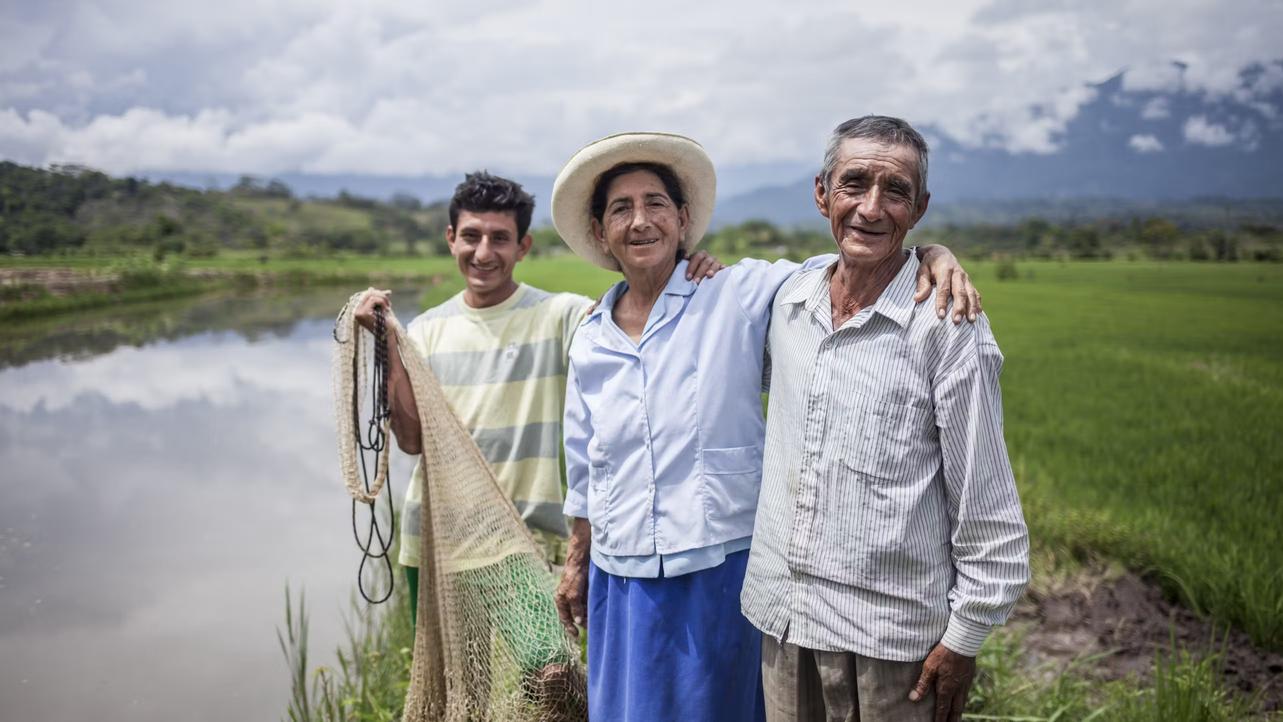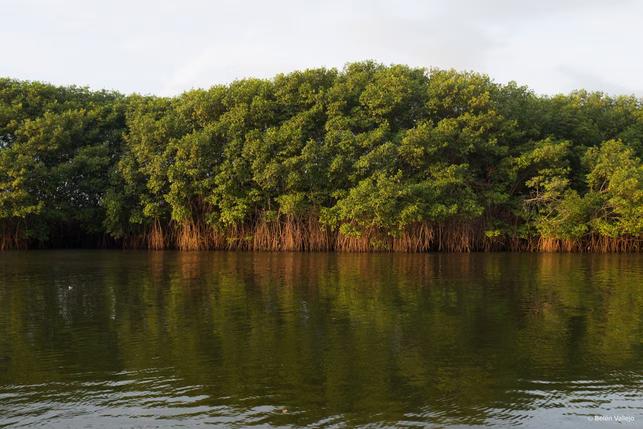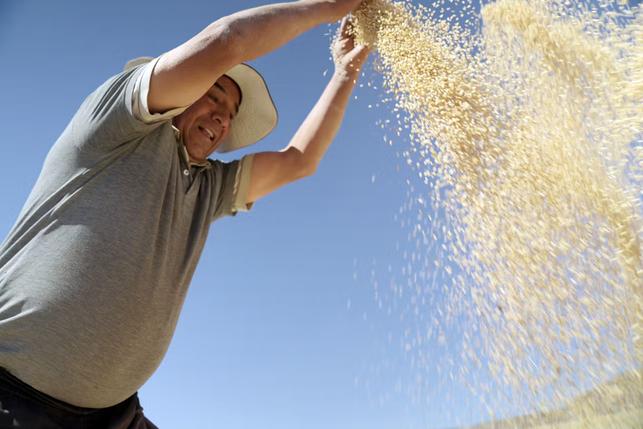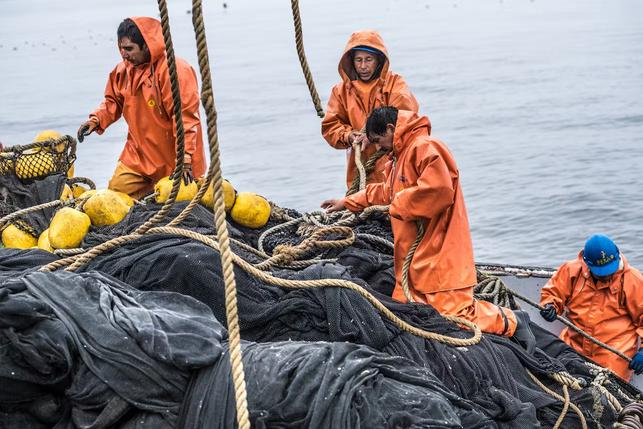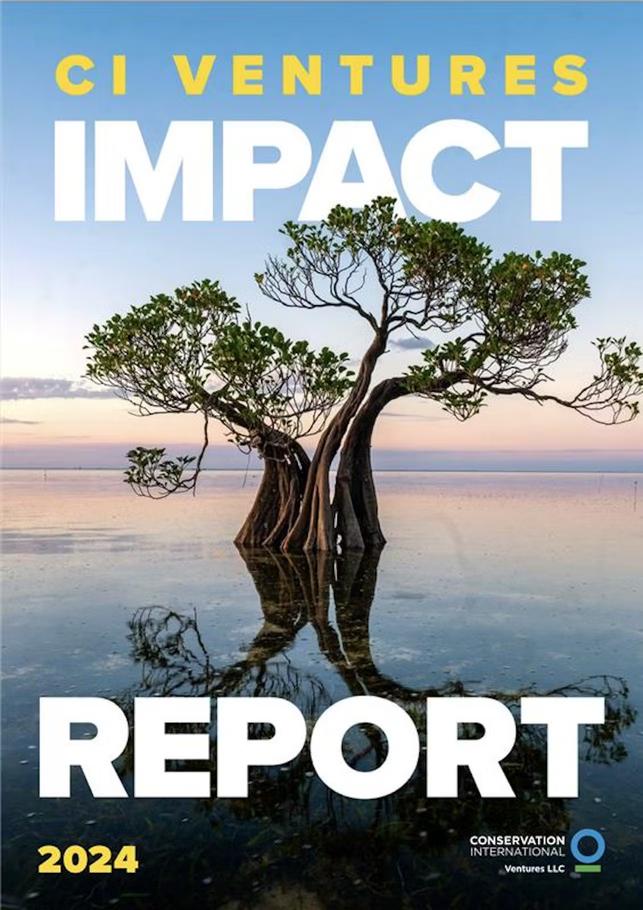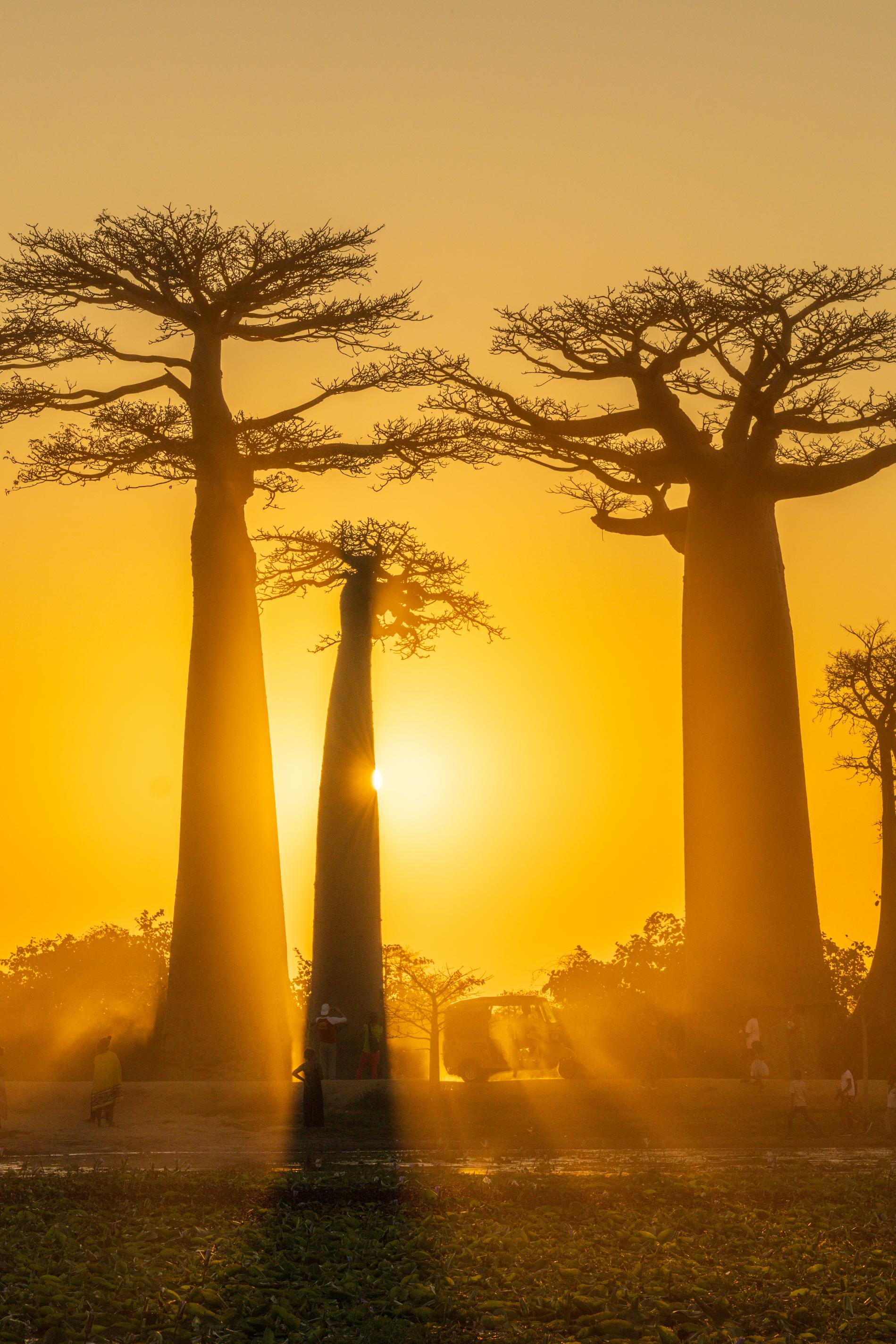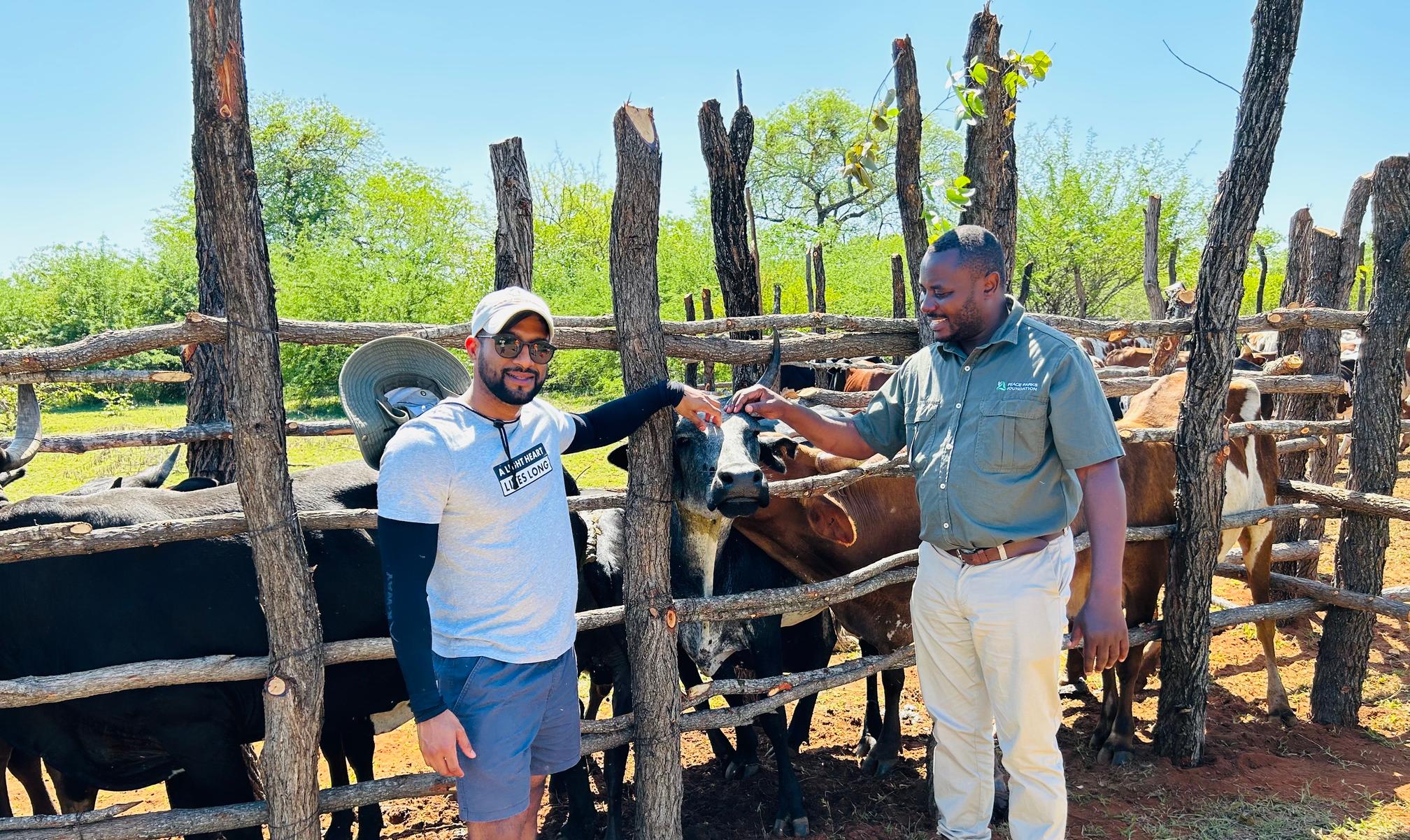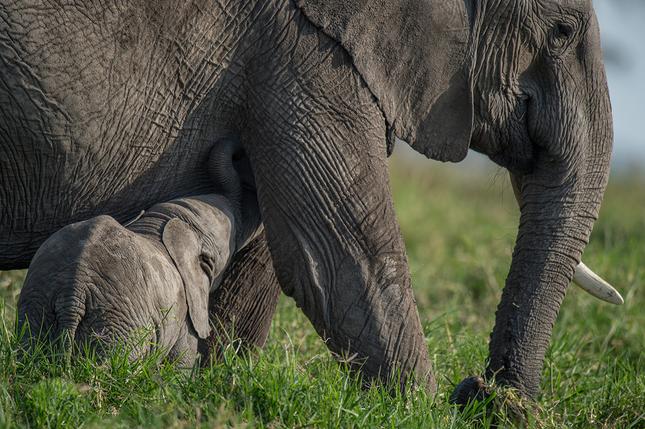African Conservancies Facility
Conservancies represent areas of land collectively owned and managed by Indigenous Peoples and Local Communities (IPs & LCs), often situated adjacent to formal protected areas and national parks. These areas play a crucial role in supporting Africa’s iconic wildlife, which spends approximately 80% of its time outside protected zones. Furthermore, conservancies frequently serve as vital links connecting various protected areas, establishing wildlife corridors and dispersal zones. Just as notably, the conservancy model ensures that landowners are fairly compensated for their long-term sustainable stewardship of the land and the valuable ecosystem services it provides.
In 2020, Conservation International launched the African Conservancies Facility (ACF) as a rescue package for the critically important Maasai Mara landscape in Kenya. When the pandemic impacted the tourism industry, the loss of revenues created a devastating threat to biodiversity and people as pristine wilderness was at risk of being sold or farmed. Today, ACF plays a pivotal role in enabling both new and established conservancies to transition from relying on concessional finance to becoming commercially viable entities. ACF uniquely offers loans to conservancies, enabling them to enhance, restore, and expand conservation areas, safeguarding biodiversity while generating income for local communities. Conservancies supported by ACF showcase enhanced operational efficiency and governance, increased financial reserves, improved livelihoods for landowners, and commendable loan repayment records often ahead of schedule, reflecting the program’s effectiveness in fostering sustainable conservation and community development.
